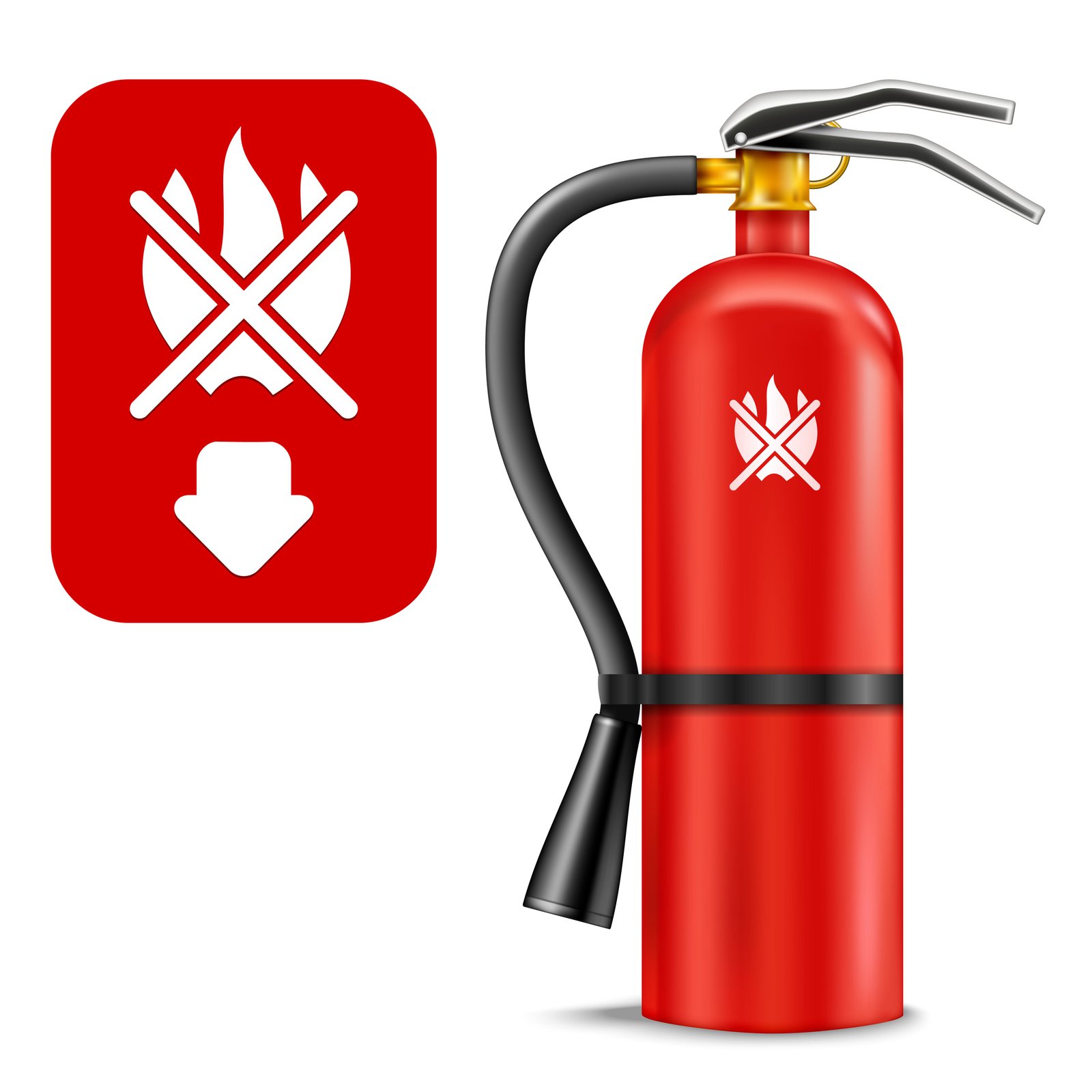NFPA Guidelines on Fire Extinguishers A Technical Overview

Fire can strike unexpectedly, whether at home, in an office, or in an industrial setting. Quick action can prevent minor incidents from becoming major disasters. One of the most crucial safety tools in such situations is a fire extinguisher.
What is a Fire Extinguisher?
A fire extinguisher is a portable device designed to put out small fires or control them until professional help arrives. It works by releasing a specific substance—water, foam, powder, CO₂, or wet chemicals—that suppresses flames and prevents the fire from spreading.
Types of Fire Extinguishers
Different fires require different extinguishing methods. Using the wrong type can worsen the situation, so it’s important to know the types:
-
Water Extinguishers (Class A) – Suitable for fires involving wood, paper, cloth, or other combustible materials.
-
Foam Extinguishers (Class A & B) – Effective on flammable liquids like petrol, oil, or paint.
-
Dry Powder Extinguishers (Class A, B & C) – Versatile, used for fires involving flammable solids, liquids, and gases.
-
Carbon Dioxide (CO₂) Extinguishers (Class B & E) – Ideal for electrical fires and flammable liquids.
-
Wet Chemical Extinguishers (Class F) – Specifically for cooking oils and fat fires, common in kitchens.
How to Use a Fire Extinguisher
Most fire extinguishers use the PASS method:
-
P – Pull the pin to unlock the extinguisher.
-
A – Aim the nozzle at the base of the fire.
-
S – Squeeze the handle to release the extinguishing agent.
-
S – Sweep the nozzle from side to side until the fire is out.
Importance of Fire Extinguishers
Having a fire extinguisher is not just a legal requirement in many workplaces—it can save lives and property. Some key benefits include:
-
Immediate Response – Quickly tackling small fires prevents escalation.
-
Safety for Occupants – Reduces the risk of injuries in homes and workplaces.
-
Protection of Property – Minimizes damage and loss of valuable assets.
-
Peace of Mind – Knowing there’s a fire extinguisher nearby improves confidence and readiness.
Maintenance and Safety Tips
-
Regular Inspection – Check the pressure gauge and ensure the extinguisher is functional.
-
Correct Placement – Keep extinguishers in accessible, visible areas.
-
Training – Educate family members or employees on proper usage.
-
Replacement – Replace or refill after use or if expired.
Conclusion
A fire extinguisher is a small device with a big impact. Proper knowledge of its types, usage, and maintenance can mean the difference between a minor incident and a devastating fire. Safety starts with preparation—make sure your home or workplace is equipped and ready.

- Business
- Research
- Energy
- Art
- Causes
- Tech
- Crafts
- crypto
- Dance
- Drinks
- Film
- Fitness
- Food
- الألعاب
- Gardening
- Health
- الرئيسية
- Literature
- Music
- Networking
- أخرى
- Party
- Religion
- Shopping
- Sports
- Theater
- Wellness


